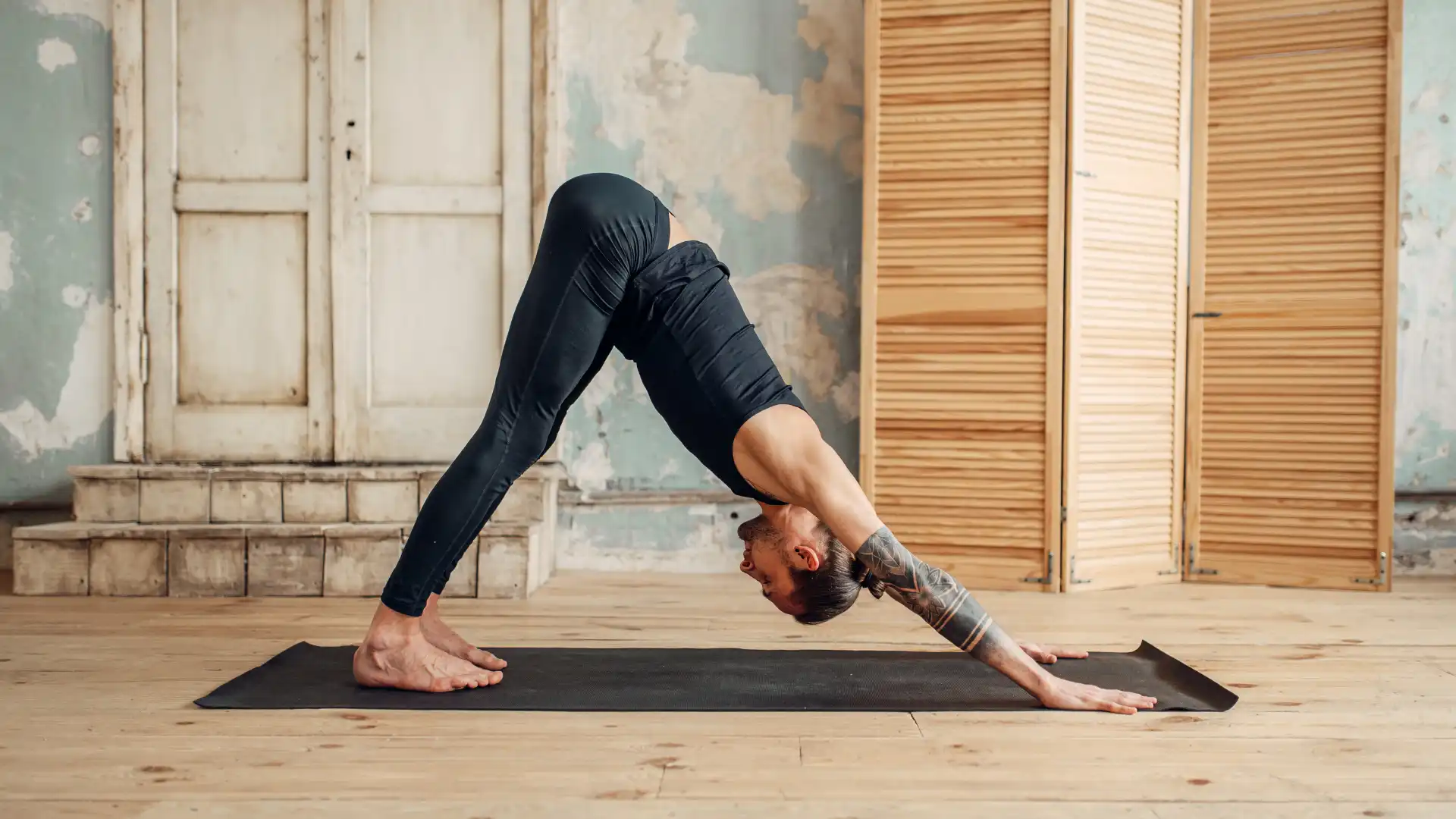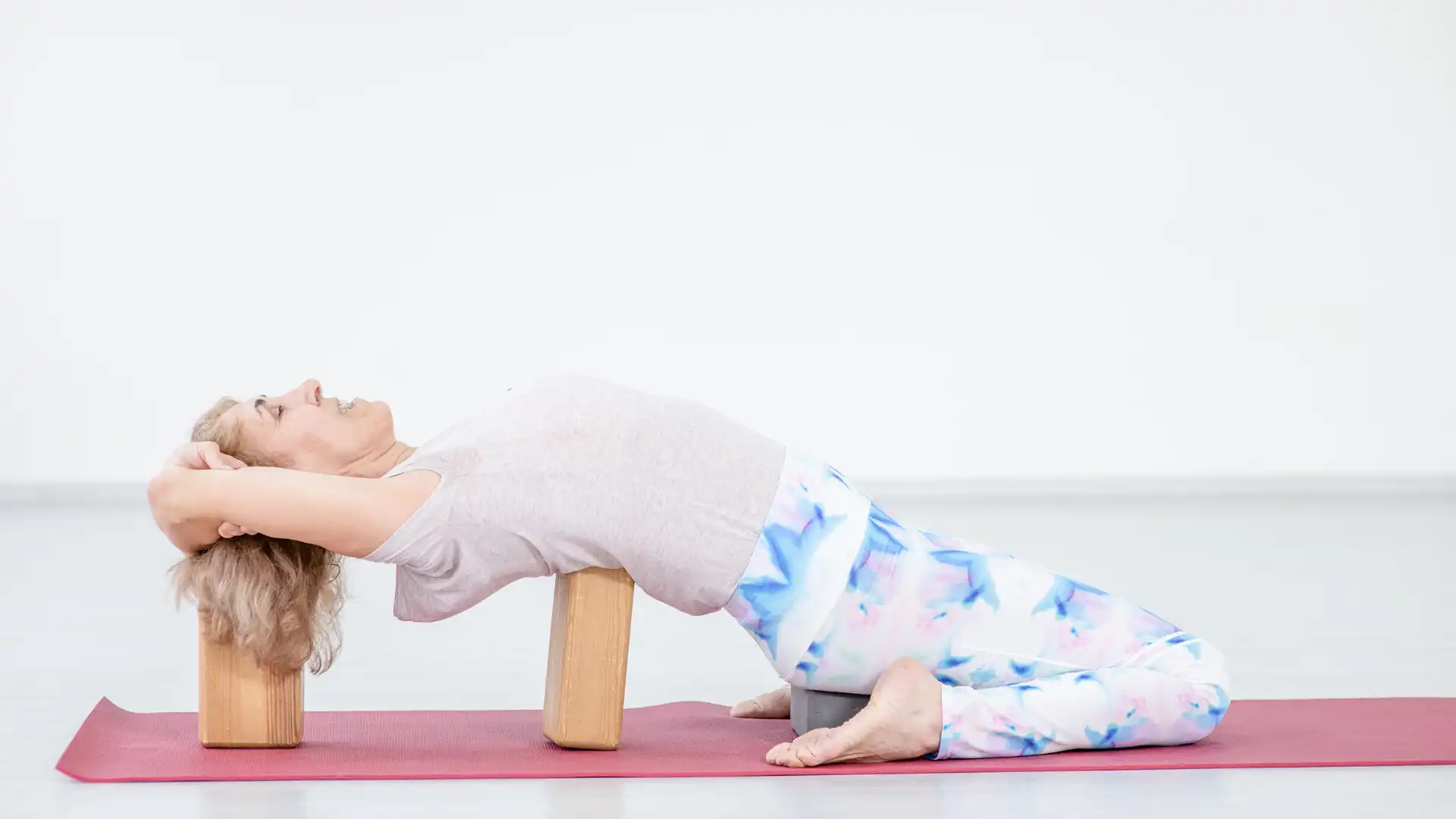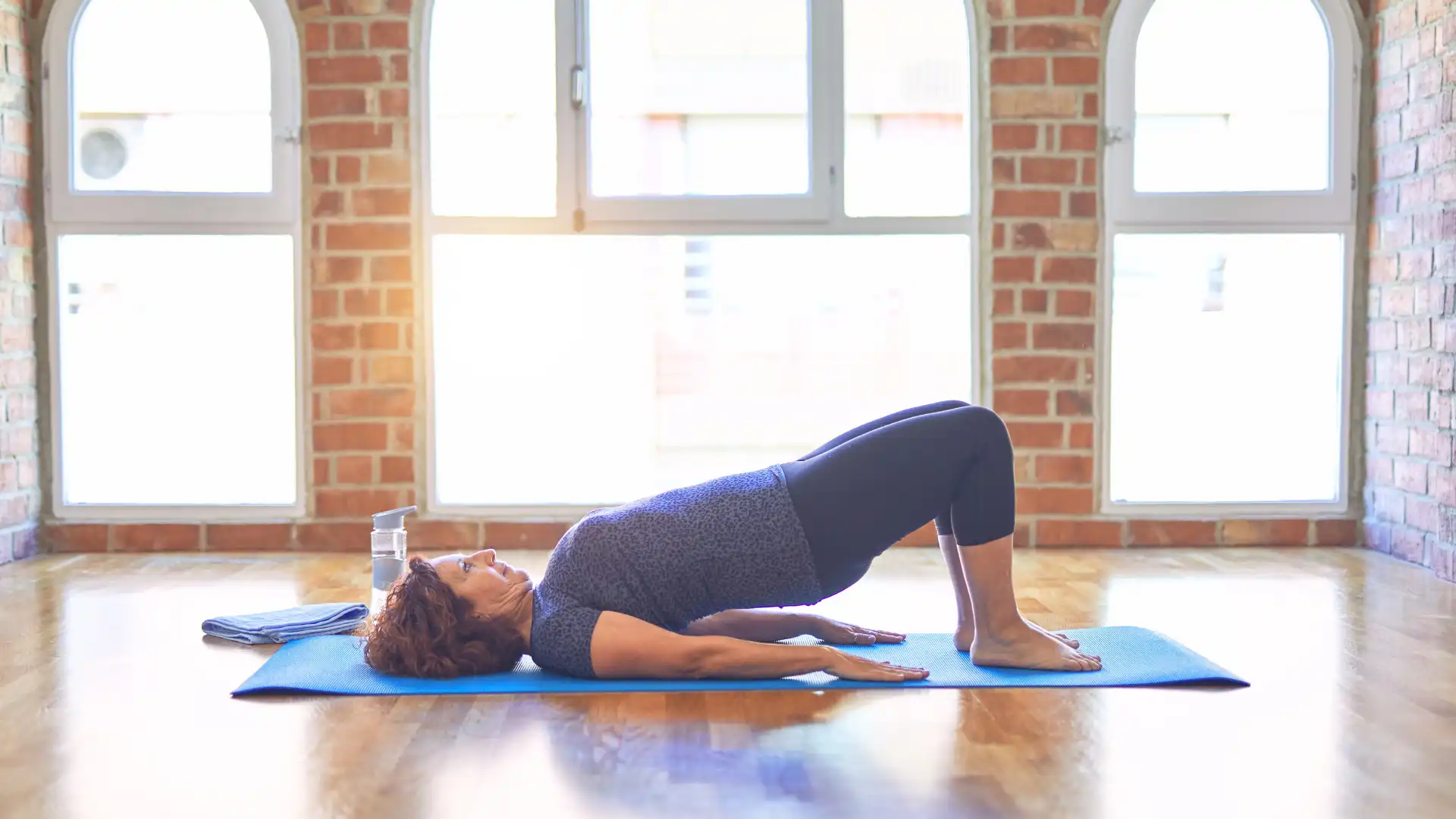Breathe Easy: Allergies, Asthma and Yoga

Come spring, and most of us see, hear, and/or experience allergies or asthma. In addition to making you sick and miserable, allergies and asthma share other common features and often occur together.
An allergy occurs when the body’s defense system mistakenly identifies a harmless trigger as an invader. Triggers include external irritants (pollen dust, leaves, flowers), indoor substances (dust, mold, mites, dander), certain drugs, and food additives or pollutants (smoke, chemical fumes, and strong odors).
In an attempt to protect the body from any of these “foreign substances” (also called allergens), the body’s defense system releases its plethora of defense molecules that bind to the substance in an attempt to destroy it.

One of the consequences of this battle is allergy symptoms, such as nasal congestion, runny nose, itchy eyes, and skin reactions. This is termed an “inflammatory response.” For some people, this inflammatory response also affects the lungs and sinuses, leading to asthma symptoms.
What Is Asthma and How Is It Treated?
Asthma is a chronic inflammatory condition characterized by shortness of breath. The condition is associated with inflammation of the air passages, making it difficult for air to move in and out of the lungs, resulting in coughing, wheezing, shortness of breath, and/or chest tightness.
Some types of asthma are non-allergic and are caused by stress, illness, extreme weather, or some medications. People with a family history of allergies or asthma are more prone to developing asthma. The pollen season, characterized by high levels of airborne pollen dust in the air, affects the respiratory system in susceptible individuals and triggers an asthmatic reaction.
An allergist/immunologist will perform the diagnosis and identify the potential triggers to put a treatment plan in place.

While there is no cure for asthma, it can be managed. In the U.S. alone, nearly 14 million people seek a doctor for asthma each year. Researchers estimate that asthma-related costs (health care plus indirect costs, such as decreased worker productivity) are around $60 billion annually.
Since prevention is the best strategy, an individual with asthma needs to recognize what triggers an attack and avoid it whenever possible. Doctors also recommend that asthma patients develop their own personalized treatment plans. Many people with this condition manage it well and live a healthy and productive life by avoiding the triggers.
Asthma flare-ups can be controlled by steroids, bronchodilators, and mast cell stabilizers, although long-term use of these drugs carries a risk of adverse effects. One of the main recommendations is that regular physical exercise should be practiced to improve lung fitness and increase respiratory capacity. Many people with asthma look to yoga asana and pranayama practice to help relieve their symptoms.
Can Yoga Practice Help Relieve Asthma and Allergy Symptoms?
There are conflicting reports on the practice of yoga for relieving asthma symptoms (Yoga for asthma) (1). While this may be due to the degree of asthma in the subjects (early, moderate, or severe asthma), some researchers have noted significant improvements in quality of life among yoga practitioners compared with non-practitioners (see Yoga may improve asthma symptoms) (2).
Most of the research studies employed specific yoga asanas and deep yogic breathing to stimulate and strengthen the lungs and respiratory capacity. In several of these research studies, asana poses that were commonly included were: Uttanasana (Standing Forward Bend Pose) (Uttanasana), Setu Bandha Sarvangasana (Supported Bridge Pose), Adho Mukha Svanasana (Downward-Facing Dog Pose), Purvottansasana (Upward Plank Pose), Salamba Matsyasana (Supported Fish Pose), and Supta Virasana (Reclined Hero Pose) followed by gentle Nadi Shodhana (Alternate Nostril Breathing).

Backbending postures help expand the chest and may improve the condition of the heart and lungs. Upper backbends and chest-opening postures help inhale, and forward bends help exhale.
Both asana practice and pranayama breathing can lead to an overall improvement in the strength of the lung muscles that assist in inhalation and exhalation, including the primary muscle of breathing, the respiratory diaphragm. Stretching the muscles of the chest region, along with breathing practices that lengthen the inhalation and exhalation, can improve lung capacity.
If you have chronic asthma or chronic obstructive pulmonary disease (COPD-emphysema), unless your doctor says it is safe to advance your practice, just focus on supported poses, gentle breath work, and slow, gentle dynamic poses such as Marjaryasana/Bitilasana (Cat/Cow Pose).
A Yoga Practice for Freeing the Breath
When you are ready to advance your practice, try a gentle, active asana practice, as this may provide you with important benefits, including less shortness of breath, better exercise tolerance, and improved sleep. To help in achieving comfort and maximum effectiveness, I recommend using suitable props while doing some of these asanas.
Reclined poses (supine or prone) could make breathing more difficult for a person with lung disease, so try supporting your torso and head in supine poses. In prone poses, find more space for the belly for example, by widening your knees. If these adaptations do not improve your breathing, skip these poses and practice meditation or breathing practices in a seated position.

If you become suddenly short of breath, stop whatever yoga practice you are doing, sit down with some support in a chair or against a wall, and wait for all the symptoms to subside. If symptoms persist, seek prompt medical attention.
If you are healthy, practice up to six days a week, alternating days of active practice with days of gentle and restorative practice. If you are currently experiencing asthma or other respiratory problems, try practicing four days a week, alternating between active days with restorative days. If you see positive changes, slowly add more days of practice.
So if you have some allergy or asthma and wish to do yoga, consider having a steady and safe yoga practice!
Also, read...
Teaching Svadhyaya: 3 Ways to Encourage Self-Study in Yoga
In Celebration of Gray-Haired Yoga – Busting the Myth of the Yoga Body
Related courses

Rammohan (Ram) Rao comes from a family of Ayurvedic practitioners and Vedic teachers in India tracing back to the illustrious Vedic-acharya Rishi Kaundinya (although Ram admits he cannot do the Eka pada or Dwi pada Kaundinyasana). With a doctorate in Neuroscience, Ram was a Research Associate Professor at the Buck Institute for Research on Aging. He focused on various aspects of age-associated neurodegenerative diseases with an emphasis on Alzheimer’s disease. In addition, Ram completed the academic training at the California College of Ayurveda (CCA) and received his certification as a Clinical Ayurvedic Specialist. He has been a faculty member of the California College of Ayurveda and teaches in their Nevada City location. Ram is also a dedicated Hatha yoga practitioner and is a Registered Yoga Teacher from Yoga Alliance USA. In his spare time, he offers consultations in YAMP techniques (Yoga, Ayurveda, Meditation & Pranayama). Ram has published several articles in major Yoga/Ayurveda magazines and has been a featured speaker in several national and international meetings and symposia. He is a member of the National Ayurvedic Medical Association (NAMA) and is on the Research Board of the Association of Ayurvedic Professionals of North America (AAPNA).



